Measurement Teaching Resources
Is your math class ready to dive into length measurement, measuring objects, and more measurement practice? Say hello to printable measurement worksheets, games, and digital activities created by teachers for elementary teachers!
This collection of teaching resources was created by our expert math teachers to help students meet Common Core and state-level standards. Each printable and digital download has undergone a rigorous review by the teachers on the Teach Starter team to ensure they’re student-ready — so you can cut down on lesson planning time!
New to teaching this part of the math curriculum? Our teacher team knows what it’s like to suddenly teach a brand-new grade level, so we’ve put together a quick guide to teaching measurement!
What Are the 4 steps of Teaching and Learning Measurement?
Elementary students have to learn a long list of measurement concepts during their stint in elementary school, including:
- length
- liquid volume
- elapsed time
- mass (weight)
- area
- volume of three-dimensional figures
The good news for teachers: Most measurement concepts have very real-world applications for students. That means there's a whole world of ways to get students excited about reading a ruler or tape measure or weighing heavy objects on a scale.
But before you can get there, let's start with the basic steps to work through when you're teaching students how to measure ... well ... anything!
- Direct comparison — One of the earliest steps of learning measurement is learning the attributes that are being measured. For example, students need to learn what length is if they're ever going to measure it. That's where direct comparison (and step 2, indirect comparison), come in. If you put 2 objects side by side, students can directly compare which is longer and which is shorter and start to understand how to measure an object.
- Indirect comparison — What happens when you can't directly compare two objects? You can add a third as a reference point for indirect comparison, thereby increasing student understanding of the attribute being measured.
- Measuring with non-standard units or informal units — Just as students need to understand the attribute of measuring, they also need to understand the concept of the units we use to measure such as inches or pounds. Using non-standard units is the first step to teaching the concept of units, offering students the chance to work with different objects, counting how many of these "units" it takes to make up another. This is the fundamental base of measurement.
- Measuring with standard units — Finally, in the final step of teaching measurement, students move on to using the formal units of measurement and learn to use measurement instruments.
Why Is Teaching Measurement Important?
There are concrete uses for learning measurement that will surely spring to mind — from using a tape measure to measure a space in a home to weighing ingredients when baking to determining the capacity of a juice glass before pouring in the liquid. These are all means for quantifying our environment.
But the benefits of teaching students about measuring lines with a ruler or figuring out mass measurements from largest to smallest go well beyond the obvious. Learning to measure helps students develop spatial and number skills.
- Plus Plan
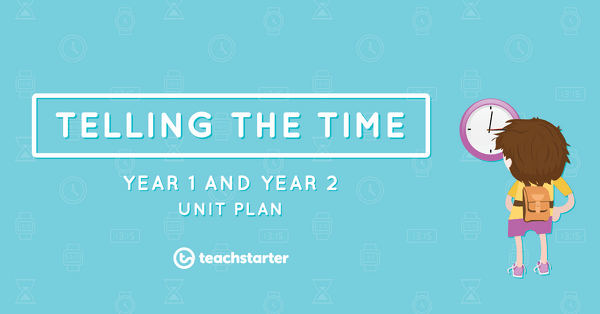
Reading an Analog Clock
A 60 minute lesson in which students will understand and recognize the features of the analog clock.
- Plus Plan

Do You Have the Time?
A 60 minute lesson in which students will refine and consolidate their knowledge of time conversions.
- Plus Plan
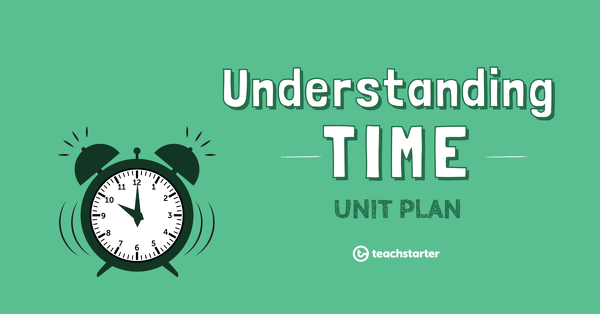
Times Like These
A 60 minute lesson in which students will understand the differences between analog and digital time displays.
- Plus Plan
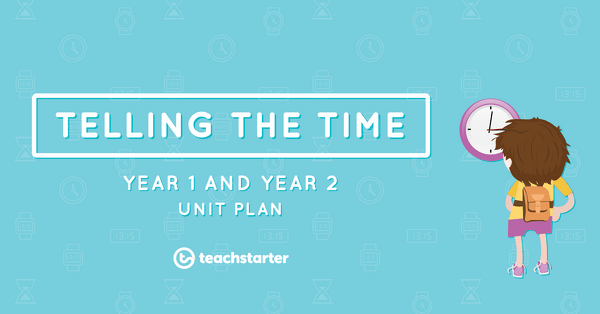
Telling the Time to the Half Hour (Analog Clock)
A 60 minute lesson in which students will tell the time on an analog clock to the half hour.
- Plus Plan
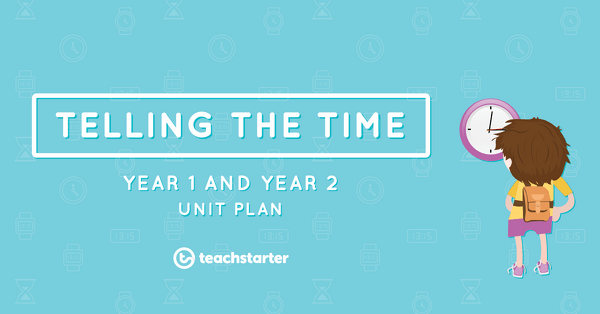
Skip Counting by 5s
A 60 minute lesson in which students will skip count in 5s when telling the time.
- Plus Plan
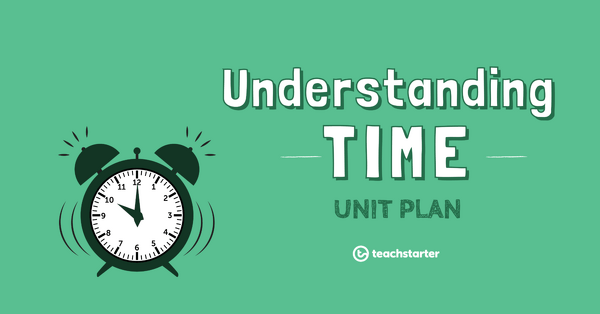
It's About Time
A 60 minute lesson in which students will understand how to tell time to the minute and investigate the relationship between units of time.
- Plus Plan
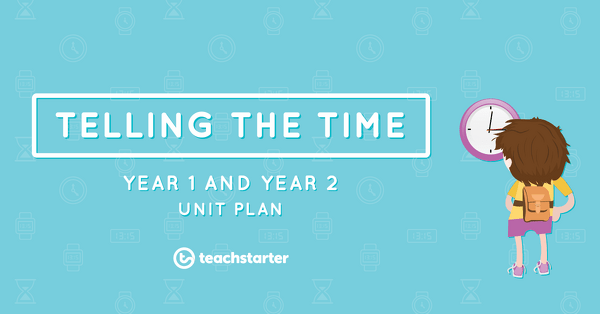
Reading a Digital Clock
A 60 minute lesson in which students will understand and recognize the features of the digital clock; and differentiate between digital and analog clocks.
- Plus Plan
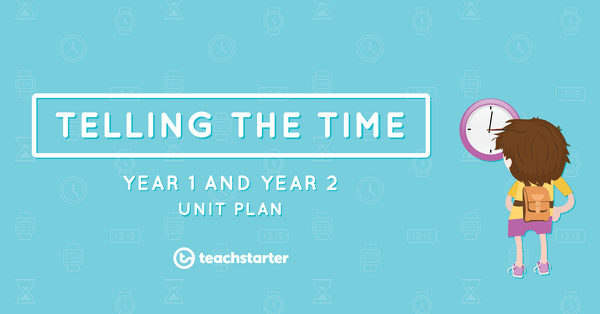
Reviewing Analog and Digital Time
A 60 minute lesson in which students will review analog and digital times.
- Plus Plan
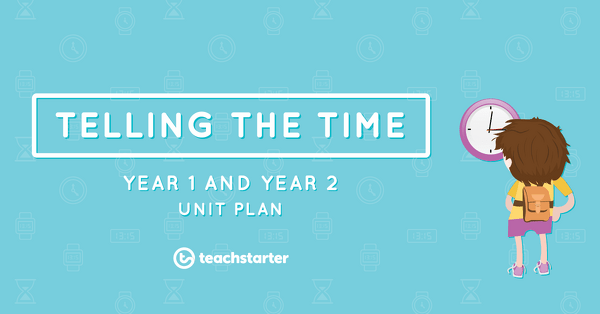
Telling the Time to the Quarter Hour (1)
A 60 minute lesson in which students will tell the time to the quarter hour on analog clocks.
- Plus Plan
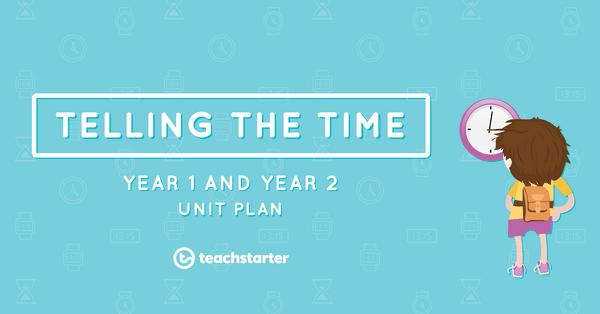
Telling the Time to the Quarter Hour (2)
A 60 minute lesson in which students will tell the time to the quarter hour on analog clocks.
- Plus Plan
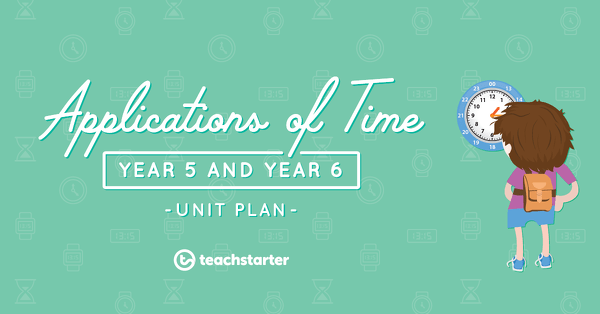
Developing Timetables
A 60 minute lesson in which students will develop a timetable of daily activities.
- Plus Plan
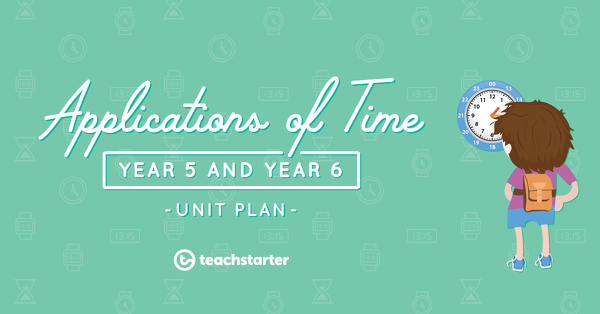
Reading Timetables
A 60 minute lesson in which students will read and interpret timetables and calculate elapsed time.
- Plus Plan
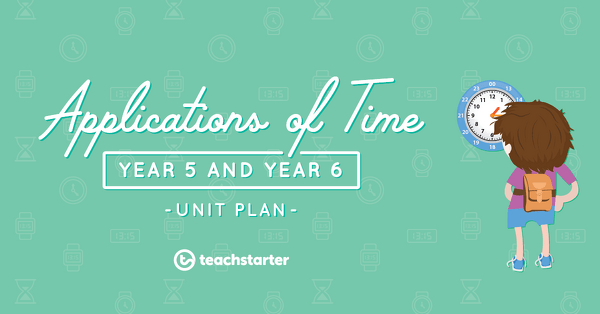
Reading and Constructing Timelines
A 60 minute lesson in which students will read, interpret and construct timelines.
- Plus Plan

Applications of Time Assessment - Year 5 and Year 6
- Plus Plan
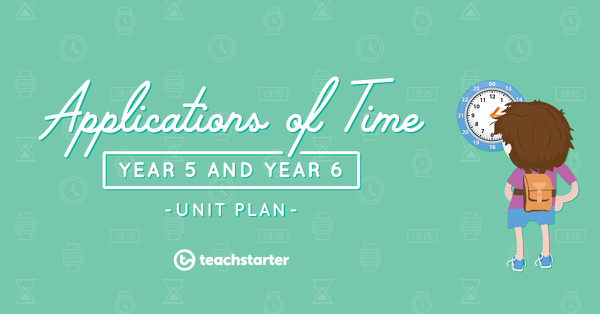
Converting Time
A 60 minute lesson in which students will convert between 12- and 24-hour time systems.
-
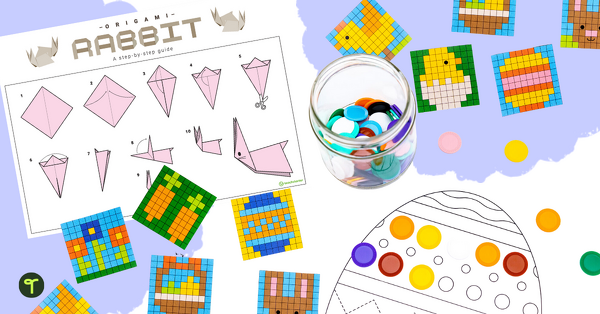
8 Easter Math Activities That Bring Springtime Fun Into School
These quick and easy Easter math activities and math center ideas bring spring into the classroom and can be holiday focused or not!
-
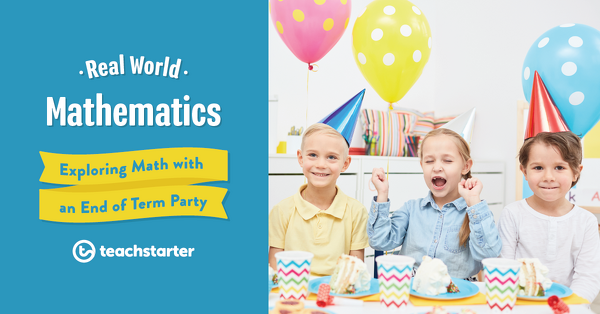
How To Turn Your End of Year Party Into a Real World Math Lesson
Planning an end-of-year party for your class? It's the perfect occasion to explore mathematics in a real world context!
-
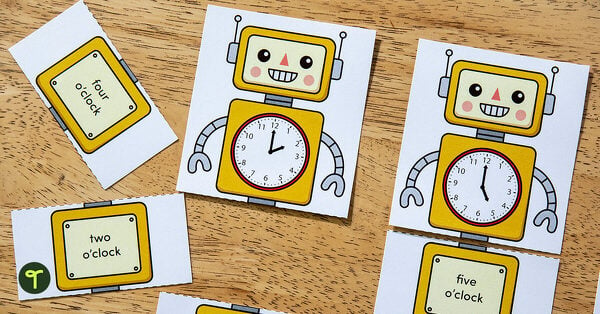
3 Classroom Clock Ideas You'll Need to Try This School Year
Looking for classroom clock decor and ideas for teaching time? Try these analog clock ideas for elementary teachers!
-
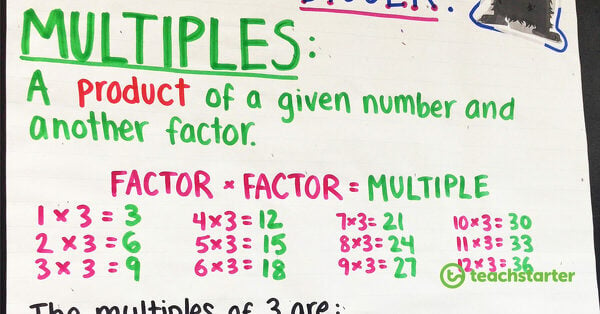
Math Anchor Chart Ideas You're Going to Want to Steal Right Now
Need math anchor chart ideas? From measuring to fractions, dive into some fun math chart ideas!
- Measurement Worksheets
- Measurement Games
- Measurement Posters
- Measurement Templates
- Measurement Projects
- Measurement for Pre-K
- Measurement for Kindergarten
- Measurement for 1st Grade
- Measurement for 2nd Grade
- Measurement for 3rd Grade
- Measurement for 4th Grade
- Measurement for 5th Grade
- Measurement for 6th Grade